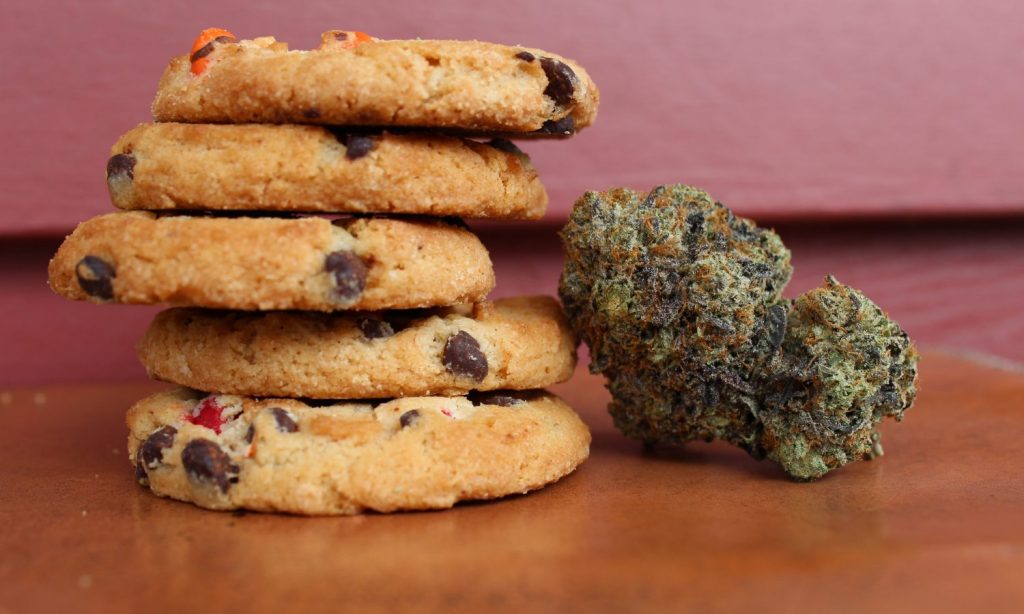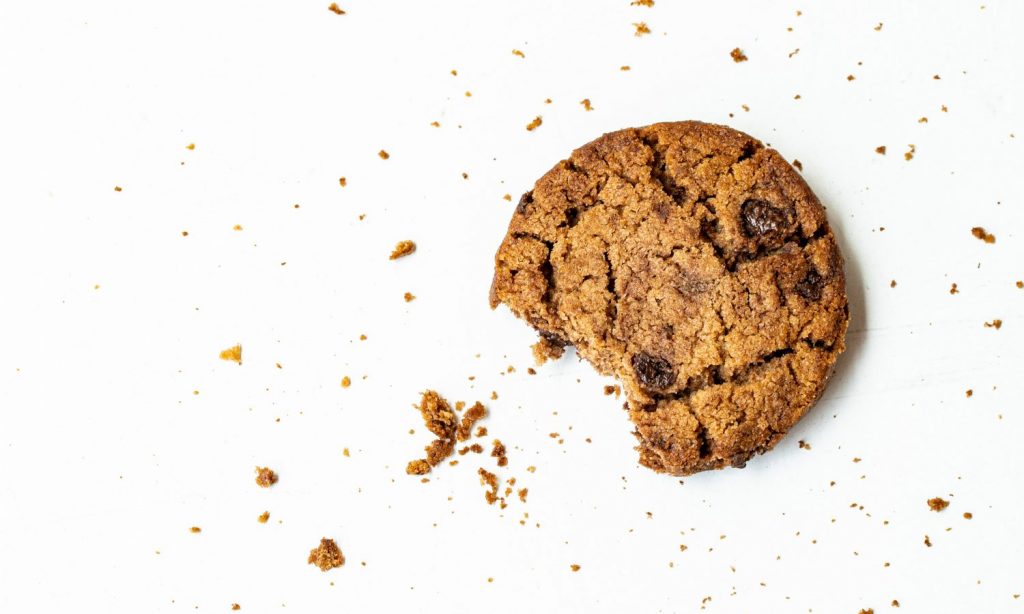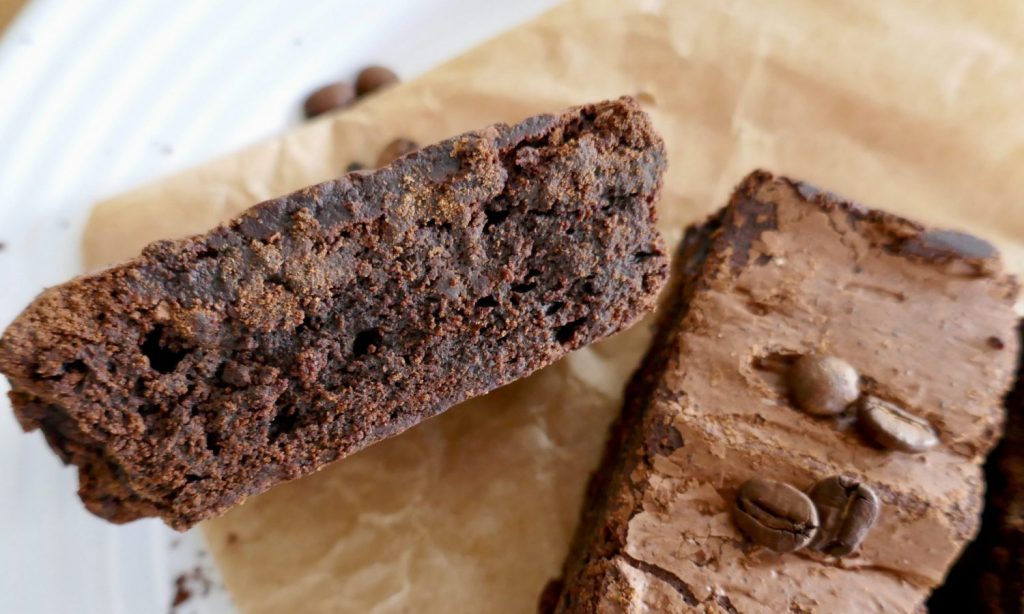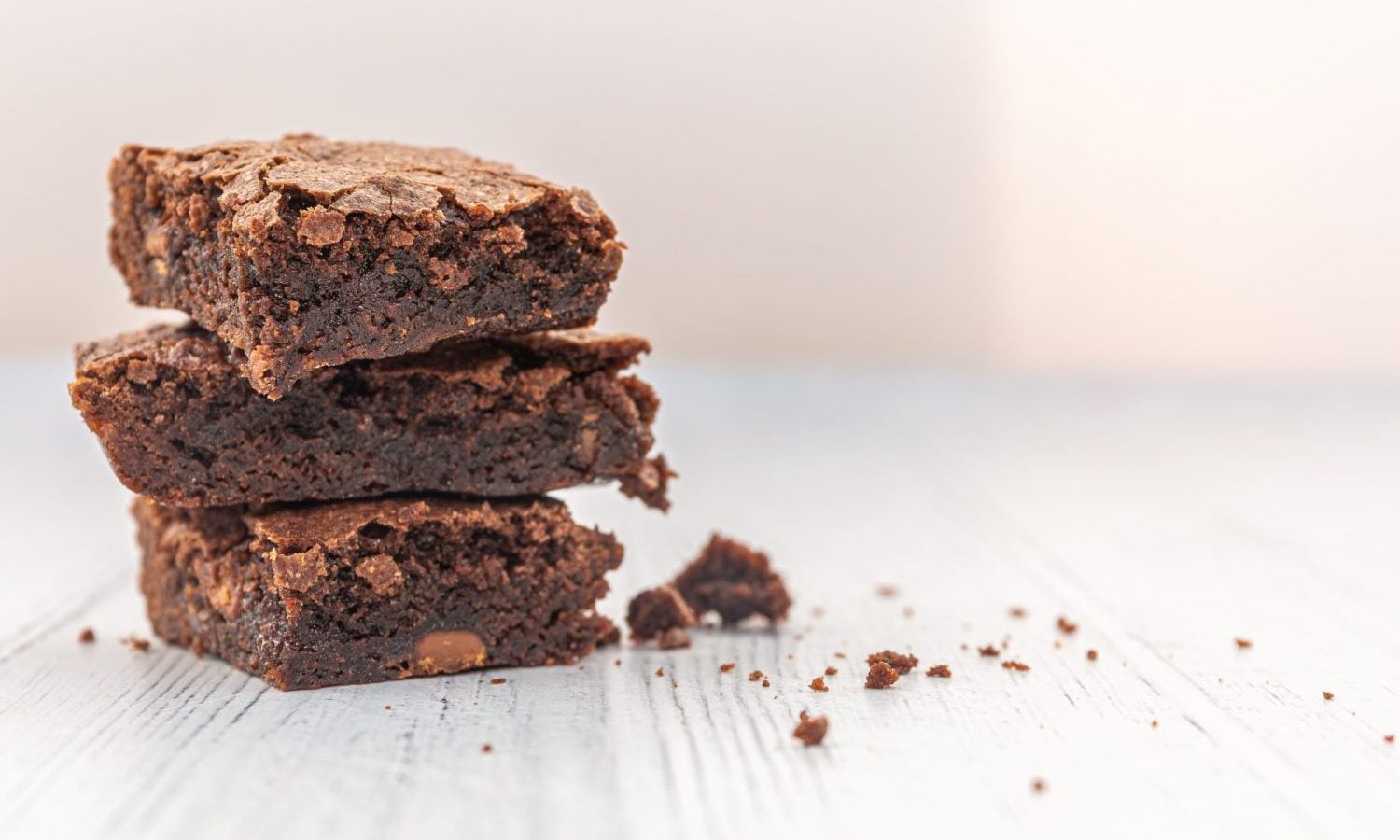Whether you’re making edibles in your kitchen or buying manufactured ones, remember to start and go slow in your dosage.
This article originally appeared on Cannabis.net and has been reposted with permission.
Homemade edibles are becoming more popular than ever with a lot of people getting creative with cannabis in the kitchen. Undoubtedly, freshly-baked canna-infused brownies do sound appealing, which is why homemade edibles are usually on trend.
However, making edibles with a safe dose of THC is an art that requires accuracy and precision. It needs careful math, an understanding of decarboxylation, and vast knowledge of the THC content of the flower you’re using. As such, manufacturers need to follow strict processes in making sure edibles contain a safe quantity of THC. But don’t get discouraged just yet. This article explains how to ensure your homemade edibles are safely and consistently dosed with THC.

Why It’s Important to Correctly Calculate THC Dosage In Edibles
Edibles vary from other types of cannabis delivery in several ways. To begin, you should know that the human body processes the THC in edibles differently. But, the basic digestive process of THC in the human body is the same. During digestive processes, THC is converted into 11-hydroxy-THC which is a long-lasting and potent compound with heightened sedative processes. Thanks to the digestive process, the high can last for aba out six hours or more depending on the individual.
Consuming edibles with high THC content translates to a high level of 11-hydroxy-THC in your system. This compound can make you severely impaired and highly uncomfortable. Given that a high can last up to six hours, that’s you experiencing six hours of discomfort and severe anxiety. History of cannabis use, weight, age, genetics, diet, and gastrointestinal health all influence an individual’s response to edibles
An Overview of Edible Potency
Measuring the potency of edibles is quite different from that of concentrate or flower. Cannabinoid concentration in edibles is measured in milligrams. Ideally, every cannabis product identifies the CBD and THC concentrations as well as its cannabinoid content.
There’s a need to get familiar with the potency of your flower before you start cooking. Ensure you know the percentage of CBC, THC, and other cannabinoids in the chosen flower. The potency of THC varies from one flower to the next. And based on research, flowers grow to be stronger over time. The potency of flowers today is much stronger than it was 40 years ago. Without knowing the potency of your flower, you won’t be able to calculate edible doses correctly.
Because of the low THC content in raw cannabis, it cannot be used to make edibles. Instead, what you do is heat the flower which contains a high level of THCA (THC precursor) to convert it to THC. The conversion of THCA to THC is known as the decarboxylation process.
RELATED: Why Do Some People Not Get High From Eating Edibles?
So, heat your flower in butter or quality oil then strain. This should give you a canna-infused oil or fat ready to use. Note that the cooking time influences how much THC you get. Too brief and you don’t get enough THC. Too long and you might end up converting THC to CBN.

Calculating Edible Dosage
For individuals new to edibles, the recommended dosage is between 1 to 5 milligrams of THC. That’s a very minute quantity given that the edible itself could weigh around 15 grams. For context, 1 gram equals 1,000 milligrams.
Even though a lot of self-directed or recreational users have developed a high tolerance to THC, low doses are still the best. High doses are neither necessary for recreational activities nor for patients to get relief. Low will get the job done and also avoid you not building a tolerance to THC.
Once you’ve decided on your target dosage, take the following steps to calculate it.
After you have established your desired target dose, take these steps to calculate it.
Estimate the Decarb Rate
It’s necessary to be very cautious when calculating your decarb rate. Many calculations set the total conversation efficiency to be between 75% and 88% depending on the time used and temperature. To put yourself on a safer side, assume you will decarb 90% of THCA into THC.
Estimating the Extraction Efficiency
Once you’ve determined your decarb rate, estimate the extraction efficiency. Ideally, not all the THC present in the flower will infuse into the oil or butter. The extraction efficiency is believed to be around 30% to 40%. However, on the side of caution, assume your extraction efficiency to be 60%. This will save you from unpleasant surprises.

Do the Math Multiple Times
Assuming you’re using 10g of flower with THC of 20%. That would give you a total of 2,000mg of THC. Using a decarb rate of 90%, the flower would yield 1,800mg (2,000 x 0.9) of THC.
Also following the extraction efficiency of 60% (1800 x 0.6), you will have 1,080mg of THC in the oil or butter. 1,080mg of THC is adequate for 216 portions infused with 5mg each.
RELATED: What To Do If Your Marijuana Edibles Aren’t Getting You High
There’s no need to make your edibles stronger than required. A little THC goes a long way in producing edible. Just make sure you do the math correctly and accordingly. To reduce the potency of a recipe, you can have a higher ratio of regular butter to cannabutter in favor of regular butter. Don’t forget, always do the math right!
Ensure Thorough Mixing and Portioning
Thorough mixing is very vital in ensuring even mixture and distribution of oil or cannabutter. If the mixture is not properly mixed, you will not be getting a uniform distribution of THC in the batch. Hence, different results from one edible to the next. Make sure you take all possible precautions to standardize dosage across servings.
Bottom Line
If at any time you’re not sure of your calculations, you should opt for manufactured edibles to avoid dosing problems. One of the primary benefits of organizations we enjoy today is the regulated dosing of cannabis. So instead of risking an overdose resulting in a “green out”, get manufactured edibles.
Lastly, whether you’re making edibles in your kitchen or buying manufactured ones, remember to start and go slow in your dosage. Know your tolerance baseline before you experiment with a higher dosage.


